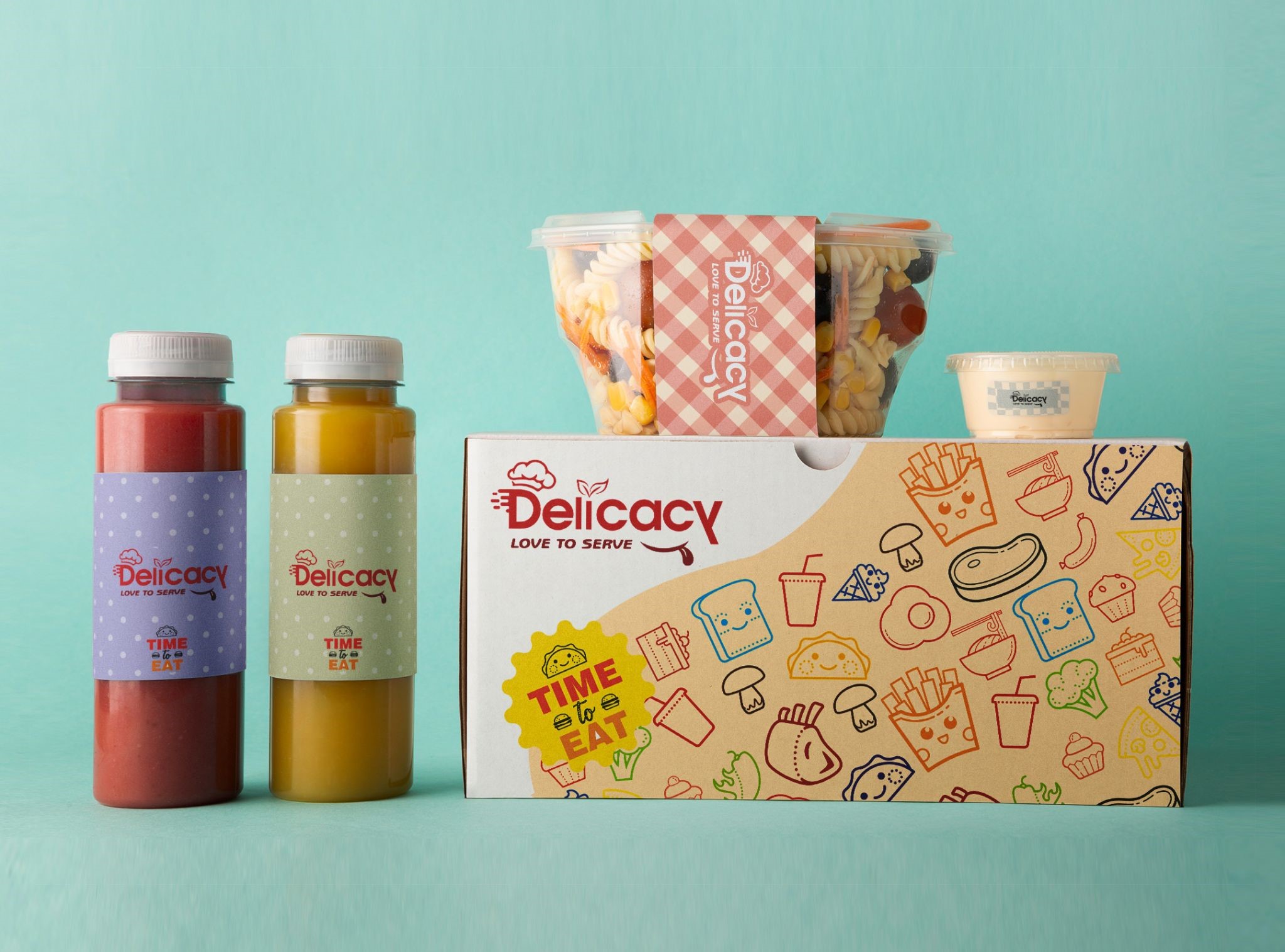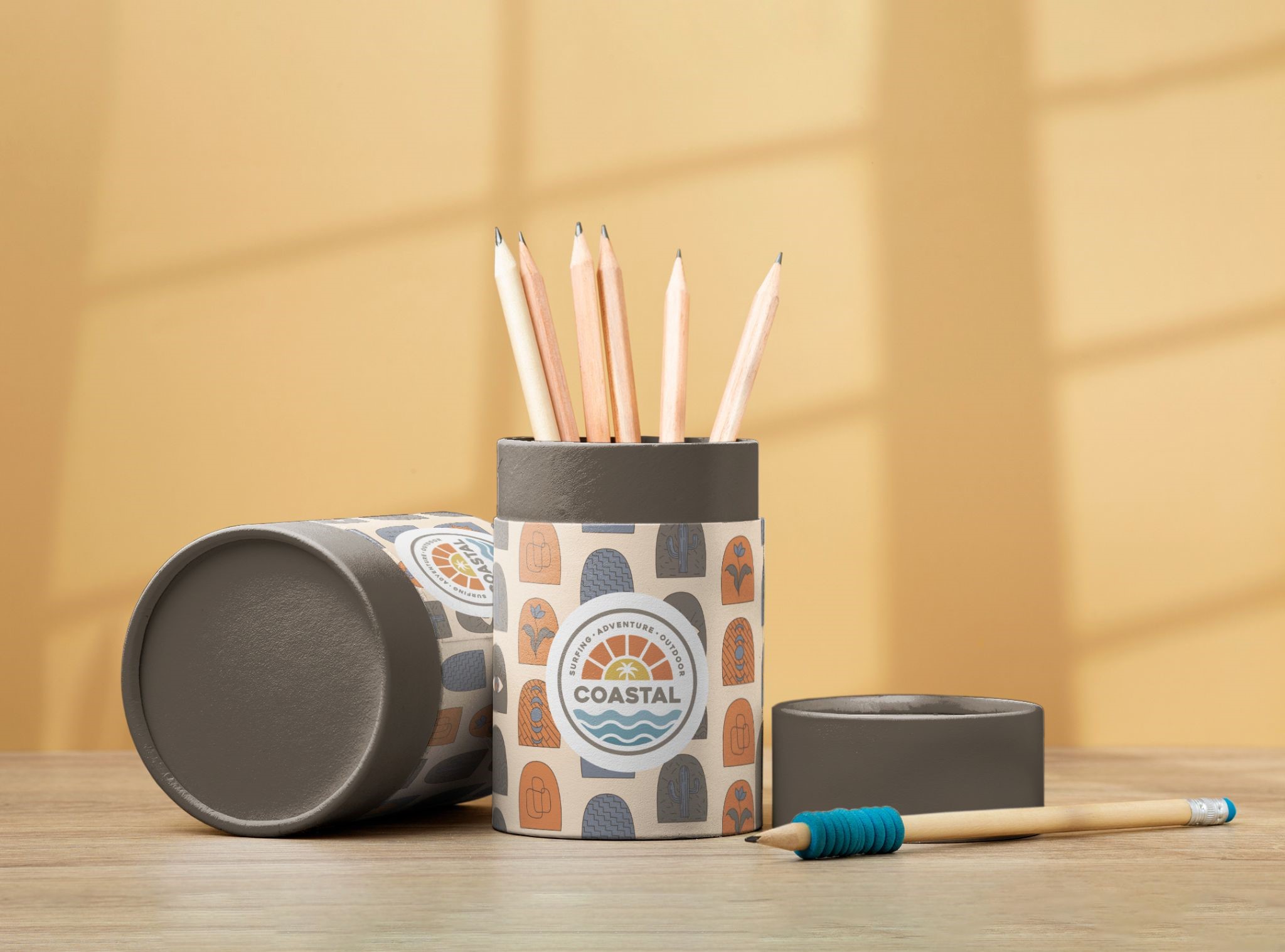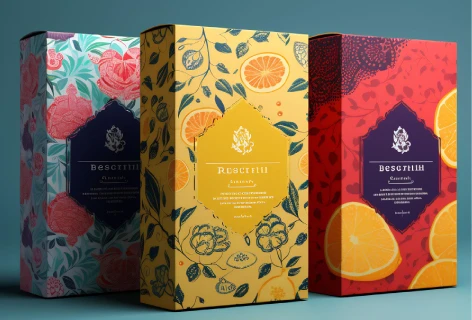Smart Strategies to Plan and Manage Your Product Packaging Purchase

Packaging is not just a container - it is the beginning of your customer experience. Whether you are shipping products across the globe or displaying them on shelves, packaging influences how your brand is perceived. But the visual and emotional impact is only one side of the story. Behind the scenes, packaging requires thoughtful planning, from choosing materials and estimating quantities to finding the right supplier and avoiding costly mistakes.
Thoughtful planning not only helps streamline logistics and operational spending but also ensures that packaging reinforces your brand identity. Poorly managed packaging, on the other hand, can cause delays, inflate costs, and damage customer trust.
Here are five key steps to effectively plan and manage your packaging purchases; each supported with practical insights to guide your next move.
Define Your Product and Brand Requirements
Every packaging journey should begin with clarity. Before you dive into materials, box styles, or quotes, it is essential to understand exactly what your product needs and what your brand stands for.
Begin by evaluating the product's specifications, including its dimensions, weight, fragility, and shelf life. For example, a skincare serum may require a snug, cushioned packaging insert to prevent breakage, while a t-shirt may fit securely in a lightweight paper mailer.
Next, consider your brand identity. Are you seeking a premium unboxing experience or an eco-conscious, minimalist look? Packaging is a tangible extension of your marketing, so every colour, material, and texture should reflect your values and appeal to your target audience.
Finally, factor in customer expectations. In highly competitive categories like cosmetics or electronics, consumers anticipate product protection and presentation. A box that opens smoothly, reveals the product cleanly, and carries subtle design cues builds trust and encourages repeat purchases.
Select the Right Packaging Type and Material
Once you have defined the packaging purpose, it's time to choose the right structure and substrate. This decision affects not just appearance but also cost, weight, fulfillment speed, and environmental impact.
There are several popular packaging types to consider:
- Folding Cartons: Lightweight and cost-effective, ideal for retail display products like supplements or cosmetics.
- Rigid Boxes: While higher in cost, these sturdy and luxurious boxes are used for premium products such as watches, electronics, or gift sets.
- Corrugated Boxes: Excellent for shipping bulkier items or subscription kits due to their durability.
- Mylar Bags: Perfect for food, wellness, and beauty, mylar bags feature strong barriers, bold prints, and resealable or compliant closures.
Materials also vary widely, ranging from standard paperboard to eco-friendly kraft or corrugated stock. If your brand emphasizes sustainability, consider options like biodegradable coatings, soy-based inks, or FSC-certified paper. However, always weigh environmental considerations against performance, especially if your product is fragile or moisture-sensitive.
Once the packaging type and materials are finalized, the next step is to determine how much packaging to order and the timing of such orders. This is where demand forecasting becomes essential.
Forecast Demand and Plan Purchase Quantities
Packaging often comes with price breaks based on volume, which can result in substantial savings. At the same time, over-ordering can lead to excess inventory, while under-ordering may delay product launch or costly rush production.
To avoid these pitfalls, build a demand-based purchasing model. Start with historical product sales data or projected order volume to estimate how many packaging units you will need over the next one to three months. Be sure to include a margin for returns, damaged stock, or marketing extras.
Establish reorder points and maintain buffer stock during high-demand periods such as holidays or promotional campaigns. If you are launching a new product, test the market with a smaller run before committing to larger quantities.
Choose a Reliable Packaging Supplier
A reliable packaging supplier isn’t just another vendor; they are a long-term partner in how your product is perceived and delivered. Selecting the right supplier can save you from logistical nightmares, inconsistent quality, and delayed timelines.
Start by sourcing multiple quotes and samples. Evaluate each supplier based on:
- Responsiveness and transparency: Do they communicate timelines clearly? Are they proactive about production updates and responsive to requested design changes?
- Material and print quality: Request physical samples to verify the durability, colour accuracy, and finishing details.
- Lead times and fulfillment capacity: Can they scale with your growth and deliver on time during peak seasons?
- Sustainability certifications: If sustainability is important to your brand, look for suppliers that align with environmentally responsible practices.

Also, clarify payment terms, shipping conditions, and quality control policies in advance. A good supplier relationship is built on mutual trust, clear expectations, and consistent delivery.
Monitor Performance and Iterate with Feedback
The packaging process does not end once boxes are printed and shipped. Effective packaging management involves ongoing evaluation of performance, cost, and customer response to optimize performance.
Gather feedback from your team and your customers. Are warehouse staff finding the packaging easy to store and assemble? Are customers commenting on your packaging in reviews or sharing unboxing experiences on social media? These signals offer valuable feedback that you can not afford to ignore.
Monitor for:
- Returns or damages due to insufficient protection
- Fulfillment slowdowns caused by difficult-to-handle packaging
- Packaging inefficiencies that lead to increased shipping fees or storage issues
Use this feedback to make data-driven improvements. Over time, even small tweaks-such as changing a flap closure or reducing box height-can lead to major savings and better customer satisfaction.
From design to delivery, every packaging decision shapes your customer experience. Start by auditing your current approach; are you getting the value, efficiency, and brand impact you need? If not, it’s time to rethink your packaging strategy. Partner with packaging professionals who can guide you from planning to production with confidence and clarity.

